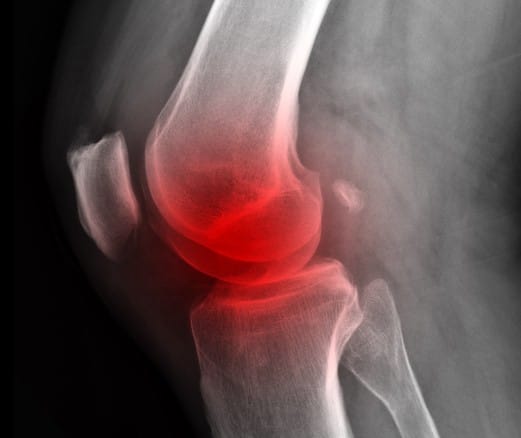In my last blog, it was identified that the health care system spends more with no real improvement in care with regards to total knee implants (a very expensive line item for Medicare—with upward of $2 billion spent annually on this type of implant). The question is: Why are less expensive, just as good, implants not used more?
Part of the answer to this question is the mindset of the U.S. medical community. Providers using “less advanced” technology are considered to be behind the times. Hospitals promote their use of the most advanced technology in order to attract patients. This mindset coupled with America’s financing of health care (which up until recently was fee-for-service) results in more advanced treatments and technologies being adopted in lieu of lower tech (and less expensive) ones.
Part of the answer also has to do with the very early results of all polyethylene tibial component technology, which were less than favorable. However, materials and technology have improved the durability of polyethylene components.
Additionally, part of the answer has to do with a lack of a clear understanding by payers and providers on the clinical efficacy of less expensive products such as all polyethylene tibial components. Without this understanding, payers such as Medicare cannot make intelligent and informed choices on how to best spend health care dollars.
Another piece lies in the marketing and selling of these types of products. The largest single-cost component for medical device companies on a $5,450 implant is selling. General and administrative expenses (G&A) comprise over 40 percent of the total cost of the implant, according to 2011 review in the Orthopedic Network News.
The pressure applied by sales reps for providers to use the more expensive and most advanced versions, along with physician relationships with companies, may contribute to the increased use of more expensive implants.
The final part of the issue is the patient. The recent article “Focus Groups Highlight That Many Patients Object to Clinicians’ Focusing on Costs,” which appeared in Health Affairs, clearly lays out this issue. Patients do not take cost into account due to a preference for the best care money can buy (regardless of expense), inexperience in health care costs borne by the system, a lack of interest in costs borne by insurers and society as a whole, and a desire to act in their own self-interests.
Next up: What can be done to increase the usage of more cost-effective medical devices?
Editor’s note: This is part two in a series of blogs. Read the first installment, “Moneyball for Health Care.”


























